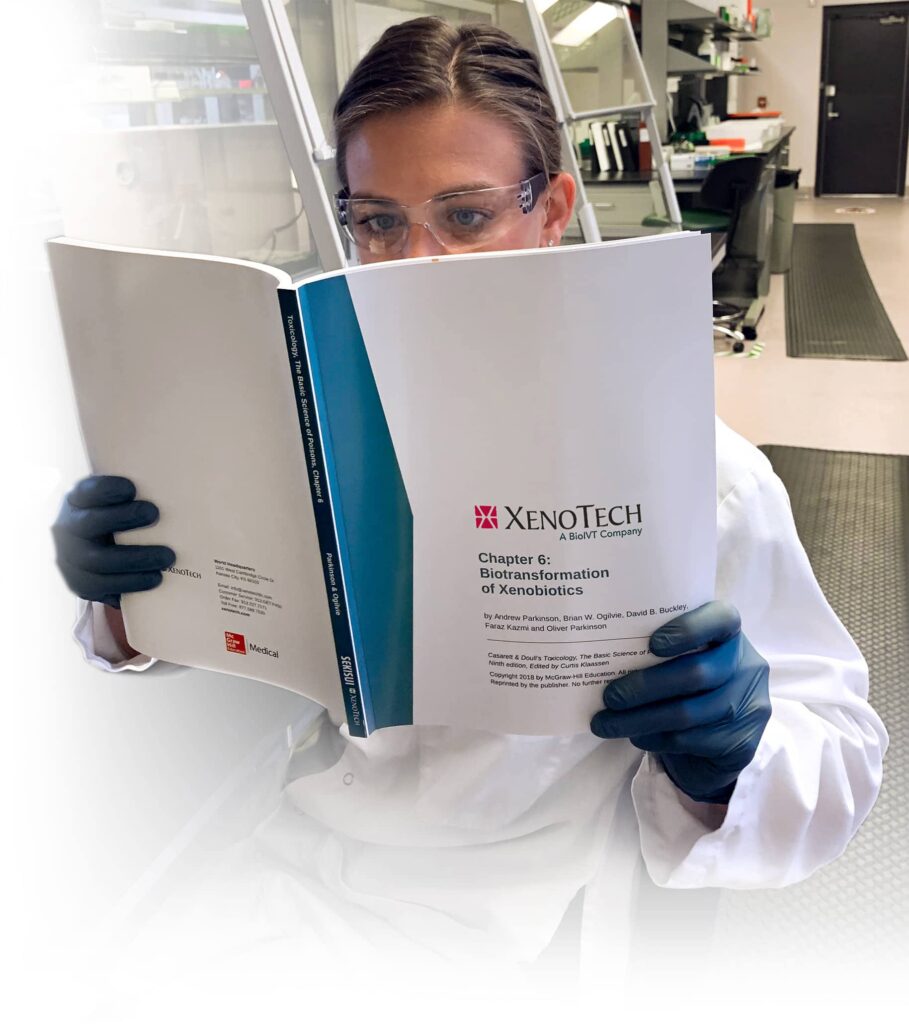
CYP1A2 enzyme localization in normal and diseased pediatric livers
Presented at the 55th Congress of European Societies of Toxicology (EUROTOX 2019) in Helsinki, Finland
Full Poster Title
“CYP1A2 Enzyme Activity and Protein Abundance In Normal And Diseased Pediatric Livers”
Authors
M. Czerwinski 1, A. Kats2, M. T. Pritchard3,4, and S. E. Tague5, B. W. Ogilvie1
1XenoTech LLC, Kansas City, KS; 2Department of Pathology and Laboratory Medicine, Children’s Mercy Hospital, Kansas City, MO; 3Department of Pharmacology, Toxicology and Therapeutics, University of Kansas Medical Center, Kansas City, KS; 4The Liver Center, University of Kansas Medical Center, Kansas City, KS; and 5Kansas Intellectual and Developmental Disabilities Research Center, University of Kansas Medical Center, Kansas City, KS
Abstract
Multiple drug metabolizing enzymes are absent or expressed at a very low level during human gestation and increase substantially within first one to two years after birth. CYPs 1A2, 2C9, 2D6, 2E1 and 3A4 exhibit this general pattern of expression. CYP1A2 is a drug-metabolizing enzyme whose expression begins between birth and 4 weeks of age, and gradually increases to about half of the adult levels by 6 years of age. The enzyme constitutes 4 – 16% of the hepatic CYP pool, and is a major determinant of the biotransformation of ~9% of clinically used drugs. Interestingly, CYP1A2 activity decreases in adults with non-alcoholic fatty liver disease (NAFLD). Considering the increase in the number of medications given to children, as well as the rise in childhood obesity and NAFLD, this study aimed to determine whether donor age and health status influence CYP1A2 abundance, lobular localization and enzyme activity. Pediatric liver microsomes and a corresponding tissue microarray (TMA) were our test system…